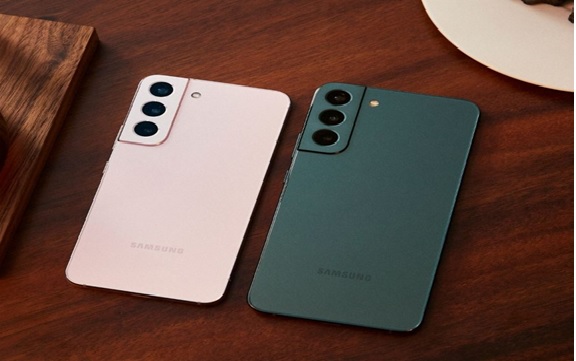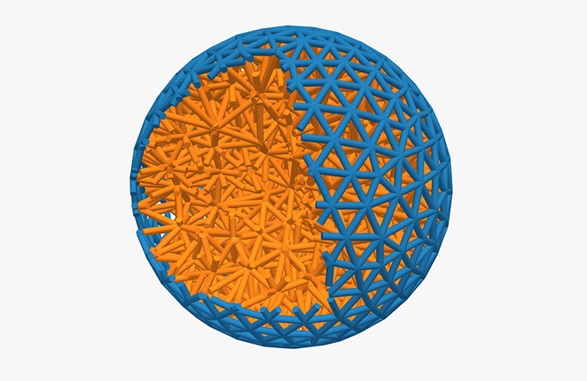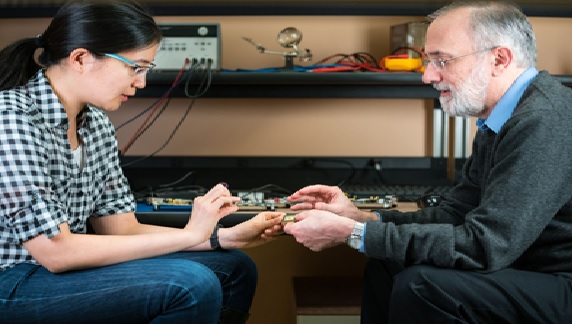Smart phone cameras soon upgraded to the power of AI
“The day a smartphone brand will offer us, photographers and videographers, the ability to shoot with our smartphone camera at different focal lengths, all from one single lens, that day will mark the beginning of a new era in the industry of visual content creation,” Pérez mentioned.

Figure 1: cameras new upgradation with AI
Figure 1 shows that Jive Attar, the company’s CEO, said in a news release, “Our state-of-the-art AI algorithms seamlessly correct all distortions and aberrations, and as a result, a fundamental 10-fold increase in smartphone image quality.” [1]
Attar in an interview with tech crunch recently, smartphone companies tried to improve image quality by using larger sensors and wider lenses. However, even with noise-reduction algorithms, the resulting imagery using this method ends up looking “weird and fake.”
To solve the image quality problem, Glass plans to put a larger lens inside a smartphone, but today’s ultra slim phones don’t have enough room to fit in the bigger optics. So, Glass instead intends to change the aspect ratio of the smartphone sensor.
The company’s proposed method is to leverage the concepts behind anamorphic lenses. Anamorphic is a filmmaking technique of shooting for widescreen on 35mm film or sensors.
The lenses fit the larger field of view to fit on a sensor, and then the footage is de-squeezed in postproduction to create a wider aspect ratio.
“The main benefit these lenses bring is the ability to fit a wider angle of view than regular lenses, all within a small, average camera sensor, without any visible distortion (provided the video is duly processed later on),” he added. [2]
“Smartphone industry is evolving at an incredibly rapid pace,” Pérez said. smartphone brands equipping smartphone cameras with anamorphic lenses at some point soon, very much in accordance with how Apple added Cinematic Mode (Focus Shift) to iPhone 13 Pr.
When it comes to smartphone camera innovations, Pérez said that variable focal length is another bold feature that will make a huge difference when it becomes a reality.
Researchers at Stanford University have created a new approach that allows standard image sensors to see light in three dimensions. These common cameras could soon be used to measure the distance to objects.
A start-up is using new technology to pack the power of a DSLR into phones. Glass Imaging wants to boost smartphone camera quality using deep neural networks and a new kind of sensor. [3]
References:
- https://moeara.com/new-ai-system-could-upgrade-smartphone-cameras/
- https://planetconcerns.com/new-a-i-system-could-upgrade-smartphone-cameras/
- https://techindiaexpress.in/new-a-i-system-could-upgrade-smartphone-cameras/
Cite this article:
Sri Vasagi K (2022), Smart phone cameras soon upgraded to the power of AI, AnaTechMaz, pp. 82















